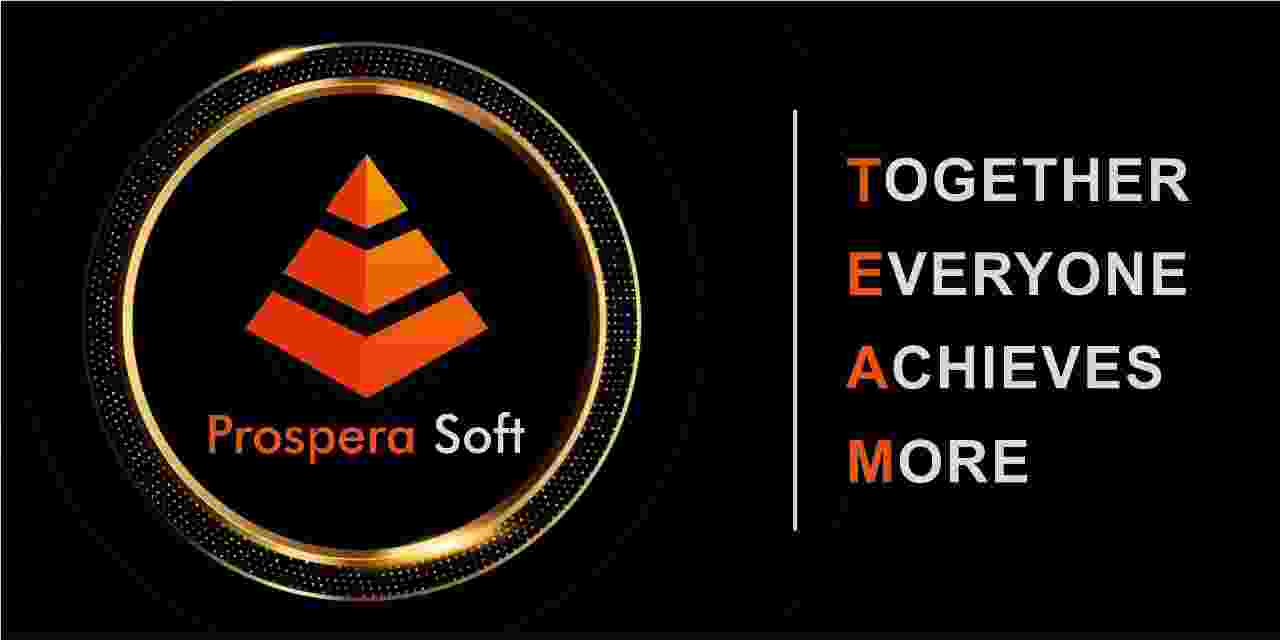Understanding Event Submission in IoT
The Internet of Things (IoT) has transformed the way devices communicate and operate in various environments. At the heart of successful IoT implementations lies the effective submission of events, which drives the insights and functionalities of connected devices. Various protocols exist, but two of the most prominent ones used are MQTT (Message Queuing Telemetry Transport) and REST (Representational State Transfer). As you delve into the IBM IoT Foundation, it's essential to understand the context in which each protocol excels to ensure that your application communicates efficiently and effectively.
MQTT: The Lightweight Messaging Protocol
MQTT is a lightweight publish-subscribe messaging protocol designed specifically for low-bandwidth and high-latency networks. It efficiently delivers messages between devices, making it an excellent choice for real-time applications. Its low overhead allows for quick data transmission even in challenging network environments. For instance, in situations where you want to ensure that your IoT devices can communicate instantaneously, you should consider opting for MQTT. This protocol shines in scenarios where you need to handle multiple devices sending continuous streams of data, such as in a smart home or manufacturing setting.
When to Use MQTT
Though MQTT has its benefits, it's essential to recognize the types of use cases that align with its strengths. You may want to hire MQTT expert developers to optimize your application in these environments. Here are scenarios where MQTT stands out:
Perfect Use Cases for MQTT
- Real-time messaging for connected devices in smart homes
- IoT sensor data transmission where bandwidth is limited
- Systems requiring high-frequency updates, such as in smart grids
- Applications needing a reliable message delivery with acknowledgment features
REST: The Versatile Web Protocol
On the other hand, REST is an architectural style that utilizes standard HTTP methods for communication, making it widely accessible and easy to implement. RESTful APIs offer a straightforward approach where devices can access resources using URL requests. This is particularly useful when your application doesn't demand high-frequency updates or real-time messaging. Many developers find REST more familiar, allowing for rapid application development. With its stateless nature, REST can be ideal for contexts where devices may not always be connected, such as mobile applications or web clients.
When to Use REST
While REST has its advantages, it’s vital to recognize the scenarios it best supports. For broader web-based applications where connectivity isn’t guaranteed, outsourcing REST development work can be beneficial. Here are suitable use cases for REST:
Ideal Use Cases for REST
- Data submission for mobile applications where connectivity varied
- Integration with various web services that use standard HTTP
- Applications needing CRUD (Create, Read, Update, Delete) capabilities
- Systems where the overhead of MQTT isn’t justified
Making the Right Choice for Your IoT Solution
In conclusion, both MQTT and REST have unique strengths that make them suitable for different scenarios within the IBM IoT Foundation. Deciding between these two protocols should hinge on your application's specific requirements and constraints. Consider consulting with ProsperaSoft to make informed decisions regarding your IoT architecture. Whether you're looking to implement high-frequency data transmission with MQTT or need a reliable REST API for a broader application, we're here to help optimize your IoT solutions.
Just get in touch with us and we can discuss how ProsperaSoft can contribute in your success
LET’S CREATE REVOLUTIONARY SOLUTIONS, TOGETHER.
Thanks for reaching out! Our Experts will reach out to you shortly.




